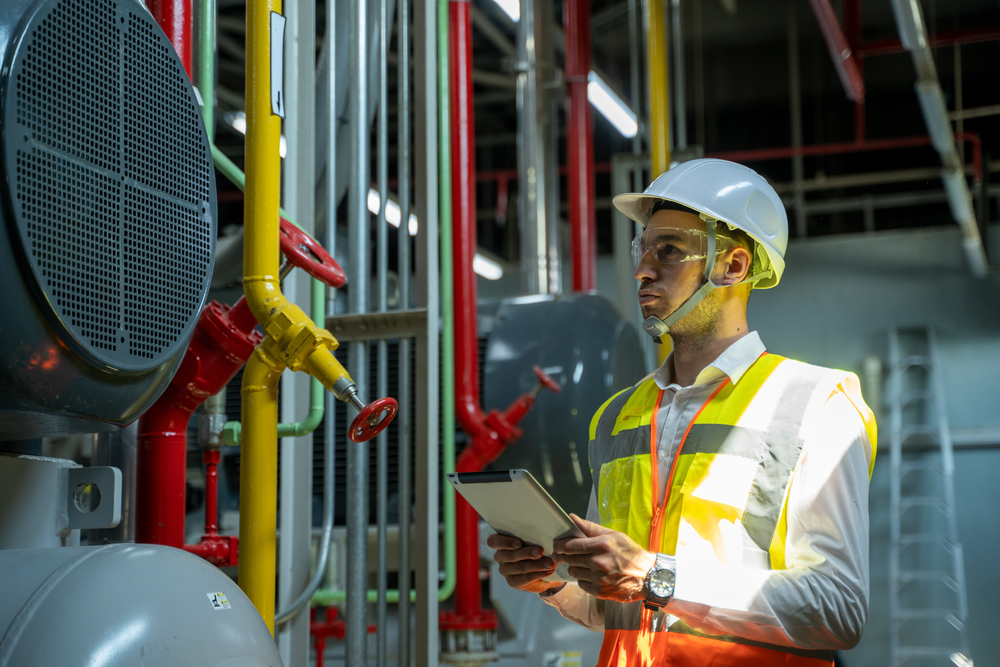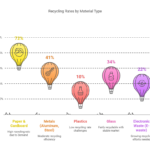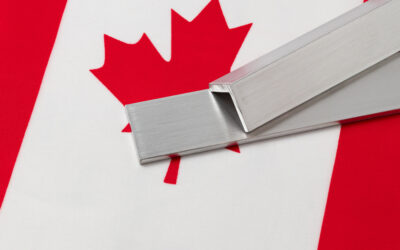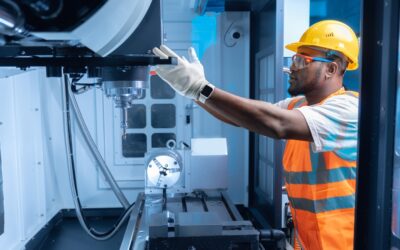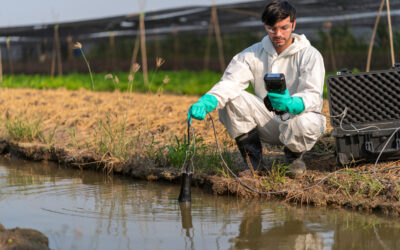Air quality engineering plays a key role in Canada’s pursuit of environmental stewardship and industrial innovation. Growing concerns around climate change, pollution control, and public health have intensified the need for professionals skilled in air quality management. This article examines current labor market trajectories, skills gaps, and future outlook for Canadian air quality engineers, as well as strategies for recruiting and developing top talent in this essential industry.
Employment Trends in Air Quality Engineering
Consistent Growth in Environmental Fields
Within the broader sphere of environmental engineering—including air quality engineering—growth in Canada has been relatively consistent. According to data from Job Bank Canada:
- Employment Forecast: Demand for environmental engineers, encompassing air quality roles, is projected to rise by 8% to 10% from 2024 to 2034, fueled by climate policies at both provincial and federal levels.
- Public Concern: Citizens and lawmakers alike are paying more attention to air pollution’s impact on health, prompting increased investment in emissions reduction and monitoring programs.
Sector-Specific Drivers
- Stricter Standards
- Environment and Climate Change Canada (ECCC) has stepped up regulations on pollutants, particulates, and volatile organic compounds (VOCs).
- Provinces like Ontario, Alberta, and British Columbia uphold stringent environmental policies, generating a need for specialized engineers in these areas.
- Clean Energy Growth
- Projects involving wind, solar, and other renewable sources require thorough air quality modeling, emissions assessments, and pollution forecasts—key tasks for air quality engineers.
- Corporate Environmental Goals
- More businesses in Canada are incorporating sustainability commitments into their operations, seeking professionals to design and oversee emission monitoring, carbon tracking, and pollution-control measures.
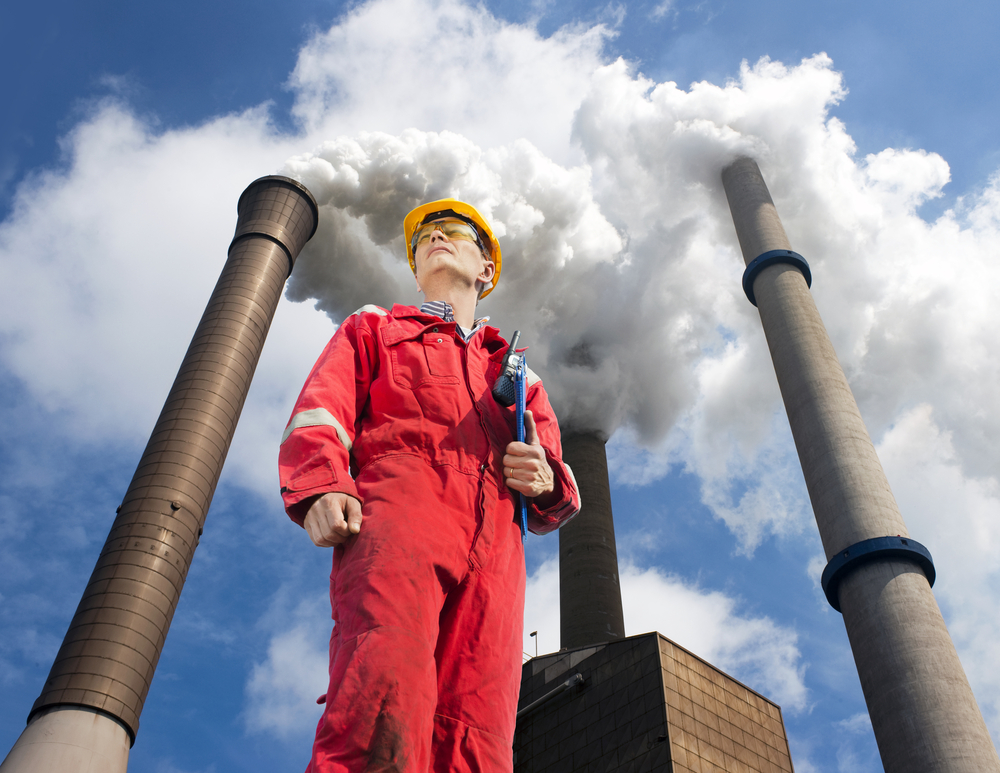
Workforce Challenges and Development
Shortfall in Specialized Skills and Education
Despite the expanding need for air quality engineers, Canadian employers often encounter difficulties in recruiting qualified candidates. Contributing factors include:
- Limited Academic Programs
Only a handful of universities offer in-depth programs targeting air quality engineering; the majority of new hires come from general environmental or chemical engineering backgrounds. - Complex Regulatory Framework
Engineers must navigate a complex network of federal and provincial regulations, requiring specialized familiarity often not fully addressed in general engineering coursework. - Cutting-Edge Technologies
The adoption of AI-driven analytics, IoT sensors, and remote sensing demands up-to-date knowledge, which can exceed what many recent graduates possess.
An Aging Expert Workforce
Many experienced environmental engineering professionals are nearing retirement, which may exacerbate existing workforce shortages. Insufficient transfer of expertise to newcomers could deepen the talent gap as seasoned employees exit the field.
Employment and Wage Overview for Air Quality Engineers in Canada
Below is a summary of approximate employment figures and typical salary ranges in prominent sectors employing air quality engineers:
| Industry | Estimated Employment | Approx. % of Total | Typical Annual Wage Range (CAD) |
| Engineering & Consulting Services | 3,500+ | ~35% | $70,000 – $110,000 |
| Provincial and Municipal Government | 1,800+ | ~18% | $65,000 – $100,000 |
| Energy & Resource Extraction (Oil, Gas, Mining) | 1,500+ | ~15% | $80,000 – $120,000 |
| Federal Government (Regulatory/Research) | 900+ | ~9% | $75,000 – $115,000 |
| Manufacturing (Industrial Emissions, Process Plants) | 1,200+ | ~12% | $70,000 – $105,000 |
| Non-Profits, Research Institutes, and Others | 800+ | ~8% | $60,000 – $95,000 |
These figures are approximations taken from provincial job boards, government statistics, and industry surveys. Real-world values may differ by region.
Opportunities and Strategies for Building the Workforce
Strengthening Education and Training
- Curriculum Development: Canadian colleges and universities could introduce more targeted air quality modules encompassing atmospheric science, pollution abatement, and environmental regulations.
- Co-op and Internship Programs: Collaborative efforts between academia and employers can offer practical, hands-on experience in real-world air monitoring or emissions control projects.
- Financial Incentives: Bursaries, scholarships, and research grants, such as those from Natural Resources Canada (NRCan), can motivate students to enter air quality disciplines.
Technological Transformation
Tech innovation continues to shape air quality engineering, generating demand for new skills:
- Advanced Analytics: Machine learning enhances the ability to predict and respond to pollution spikes.
- Drone and Satellite Observation: Unmanned vehicles equipped with sensors allow more accurate data collection in remote locations.
- IoT Air Quality Networks: Real-time analysis of ambient air necessitates engineers who can manage large data sets and sensor integrations.
Collaboration Between Public and Private Entities
- Regulatory Coordination: Federal authorities like ECCC and provincial environmental bodies can align with businesses to sustain compliance and foster upskilling initiatives.
- Tax Advantages and Subsidies: Encouraging companies to offer in-house training or invest in professional certifications can bolster the talent pipeline.
International Prospects for Canadian Air Quality Expertise
Air quality concerns extend globally. Countries faced with heavy pollution—particularly in rapidly industrializing regions—have a pressing need for experts:
- Climate Accords: Heightened commitments under international frameworks, such as the Paris Agreement, open avenues for Canada-based engineers adept in emissions reduction and policy design.
- Consulting Opportunities Abroad: Canadian environmental consultancies frequently assign air quality engineers to assist on global projects, particularly where regulations are evolving rapidly.
Continuing Education in Air Quality Engineering
Staying updated on shifting regulations and technical breakthroughs is critical:
- Professional Certifications
- Canadian Environmental Certification Approvals Board (CECAB): Offers environmental credentials that validate expertise in compliance and pollution control.
- Air & Waste Management Association (A&WMA): Features courses and certifications on air quality standards, monitoring strategies, and emissions reduction.
- Events and Training
- Conferences hosted by organizations like the Canadian Society for Civil Engineering (CSCE) or the Canadian Network for Environmental Scanning and Sensor Technologies (C-NEST) present networking and professional growth possibilities.
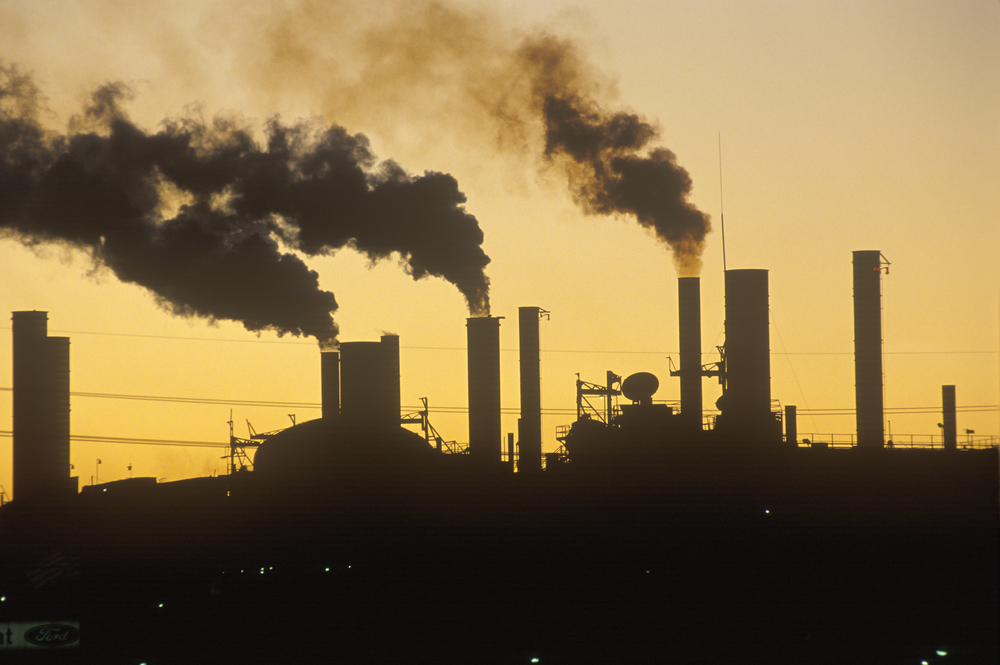
Projected Outlook and Recommendations
Projected Employment Growth (2025–2035)
Below is a simplified forecast of environmental engineering positions (including air quality) in Canada:
| Occupation | Employment (2025) | Projected (2035) | Percent Change |
| Environmental Engineers (All Streams) | ~40,000 | ~44,000 | +10% |
| Air Quality Specialists/Engineers | ~8,000 | ~9,000 | +12% |
| Total, All Engineering Occupations | ~300,000 | ~330,000 | +10% |
Data source: Job Bank Canada, along with provincial labor market forecasts.
Addressing Labor Shortfalls
- Focused Educational Pathways
- Advise colleges to expand specialized coverage of topics like emissions controls and atmospheric modeling.
- Company-Led Skill Building
- Advocate for mentorships, internships, and internal training designed to address immediate technology and regulatory demands.
- Public-Private Cooperation
- Integrate scholarship programs, research funding, and other incentives that reflect national and provincial priorities for air quality.
Emerging Developments and Possibilities
- Urban Innovation and Smart Cities
- Cities such as Toronto, Vancouver, and Montreal are implementing connected sensor networks to address urban pollution “hotspots.”
- Ecological Infrastructure
- Air quality engineers collaborate with city planners and architects to design greenery and sustainable structures that naturally improve ambient air quality.
- Indoor Air Quality
- Post-pandemic, there is heightened attention on health and safety in workplaces, prompting advanced filtration techniques and better building ventilation standards.
FAQ: Frequently Asked Questions
- Which educational credentials are needed to work as an air quality engineer in Canada?
- Most positions require a bachelor’s degree in environmental, chemical, or civil engineering, though certain roles may favor graduate-level specialization in pollution control or atmospheric science.
- Where are job opportunities most plentiful for air quality engineers?
- Ontario, Alberta, and British Columbia generally see the highest concentration of industrial and urban projects, while Quebec and Saskatchewan also show growth in sectors like resource development and manufacturing.
- What salary range can air quality engineers expect?
- Entry-level jobs typically start near CAD 65,000 annually, but seasoned engineers with specialized skills can exceed CAD 110,000, especially in energy-dense provinces like Alberta.
- In what ways does technology affect the role of air quality engineers?
- Innovations in machine learning, sensors, and drone-based data collection are revolutionizing air monitoring, requiring ongoing skill development in data interpretation and system integration.
- Is global work an option for Canadian air quality engineers?
- Yes. Internationally, there is demand for Canadian expertise in emissions assessment and compliance, particularly in emerging markets undergoing rapid industrialization.
- Are certifications beneficial for career advancement?
- Absolutely. Credentials from organizations like CECAB or A&WMA affirm specialized skills in air quality oversight, which many employers value highly.
- What are the main responsibilities of air quality engineers?
- Their tasks can include creating and maintaining pollution control processes, completing air quality impact analyses, monitoring emissions, and ensuring projects meet both federal and provincial regulations.
Websites Referenced for Canadian Data
- Job Bank Canada: www.jobbank.gc.ca
- Environment and Climate Change Canada (ECCC): www.canada.ca/en/environment-climate-change.html
- Natural Resources Canada (NRCan): www.nrcan.gc.ca
- Canadian Environmental Certification Approvals Board (CECAB): www.cecab.org
- Air & Waste Management Association (A&WMA): www.awma.org
- Provincial Government Portals (e.g., Ontario.ca, Alberta.ca, BC.ca)
Partnering with RSS Staffing
Canadian businesses seeking temporary or contract-based Air Quality Engineers can turn to RSS Staffing. With a vast pool of talent across provinces such as Ontario, Quebec, Alberta, and British Columbia, RSS Staffing provides:
- Qualified Specialists: Professionals assessed for technical proficiency and environmental regulatory knowledge.
- Versatile Engagements: Whether short-term assignments or extended support, we customize solutions to match your organizational needs.
- Ongoing Assistance: Our team is committed to ensuring each placement succeeds in meeting your evolving operational goals.
Final Thoughts
Air quality engineering is a critical discipline in Canada’s broader agenda to balance economic development with environmental protection. With intensifying regulations, technological breakthroughs, and heightened awareness of public health, the need for skilled air quality engineers continues to grow.
By broadening academic programs, integrating advanced technological skills, and fostering cooperation between public agencies and private firms, Canada can develop a workforce prepared to face current and future air quality challenges. Whether you’re an industry employer or a professional seeking a dynamic career, there has never been a more opportune moment to explore the opportunities that air quality engineering in Canada has to offer.

